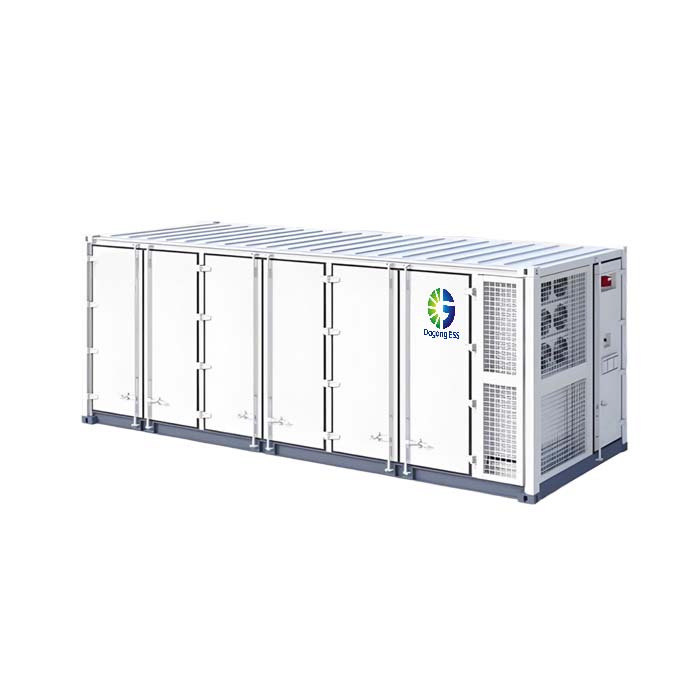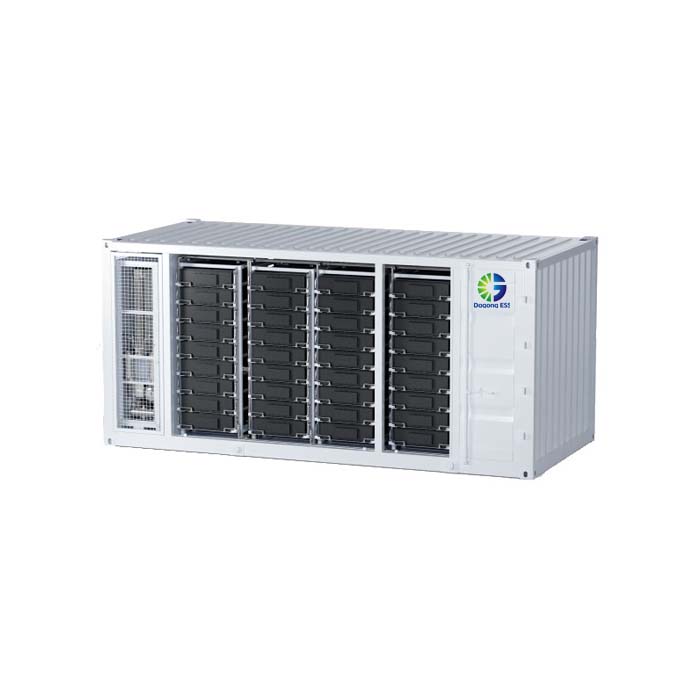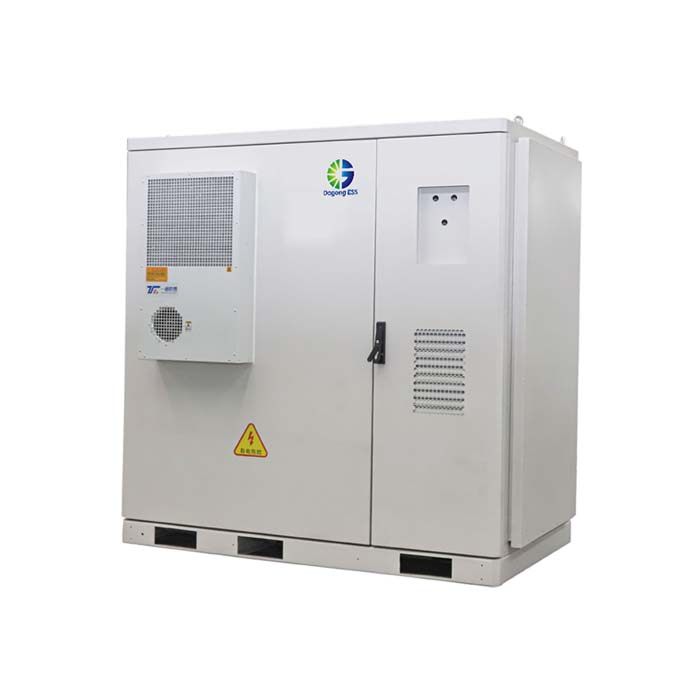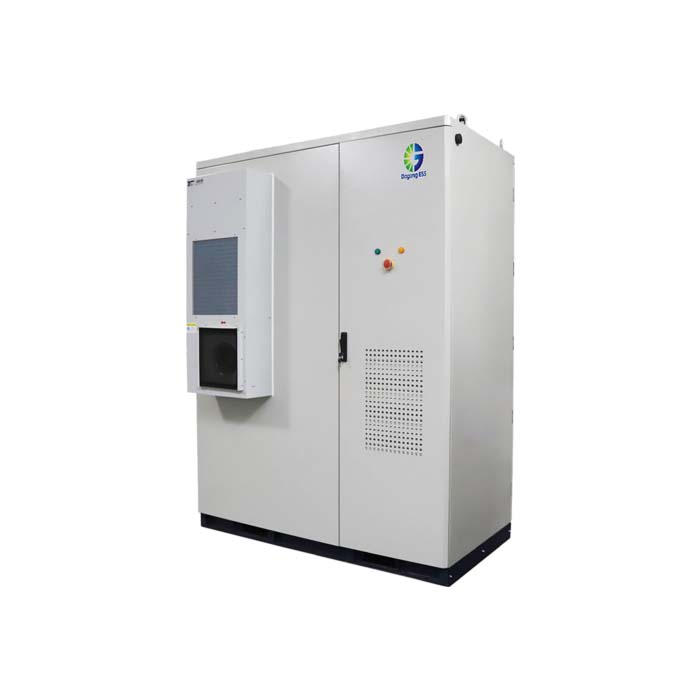- 2025-12-17 17:10:28
PCS or Hybrid Inverter: Which Is Better for Energy Storage?
PCS and hybrid inverters represent two mainstream power conversion solutions in energy storage systems. This article explores their key differences, benefits, and application scenarios from a system and investment perspective.
Read More







